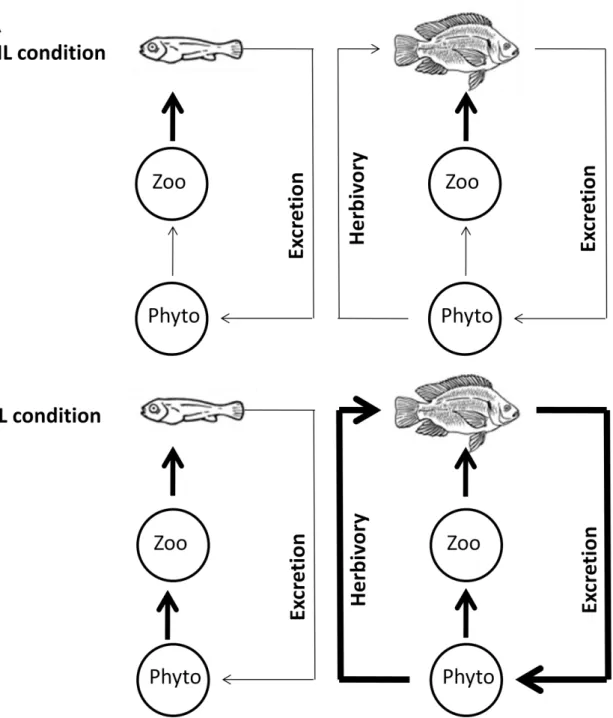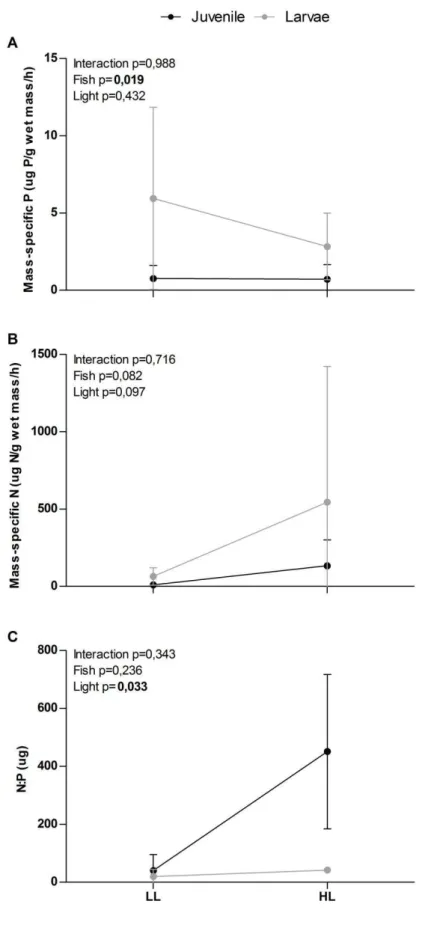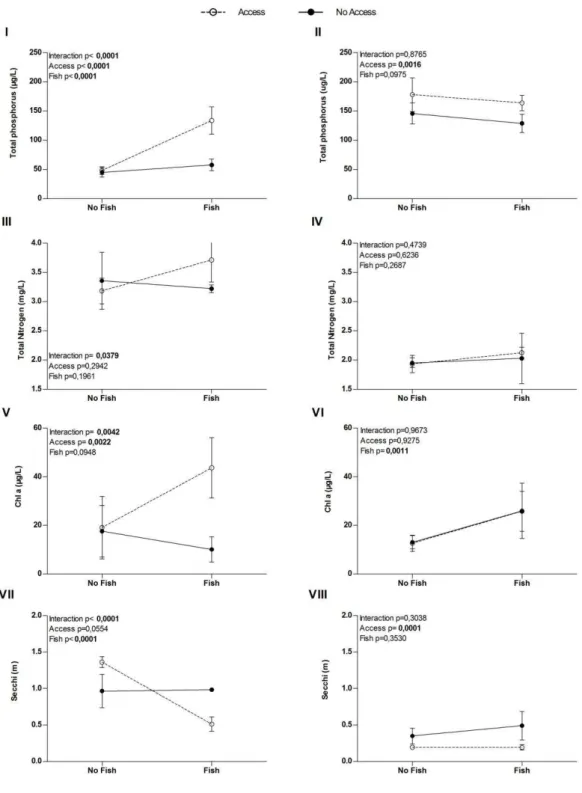Causas e consequências da onivoria de peixes em ecossistemas aquáticos
Texto
Imagem

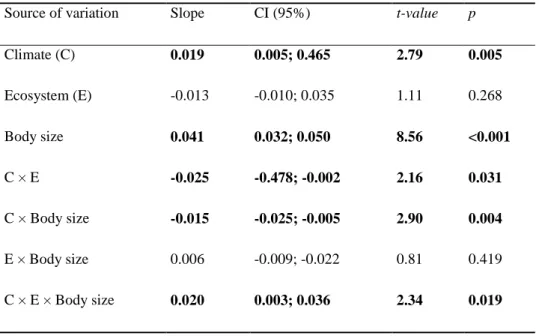

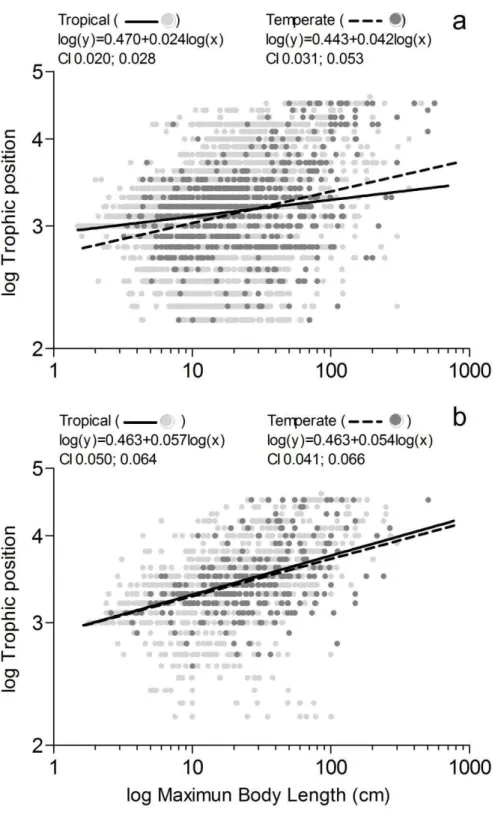
Documentos relacionados
hydrodynamic features of the lotic environment itself in determining the variations in composition, density and biomass of the phytoplankton species, factors such as
The present study is the first to estimate growth rates, asymptotic length, mortality, consumption by biomass, biological yield, and the biomass of the principal fish species
Seasonal composition, abundance and biomass of the subestuarine fish assemblage in Solís Chico (Río de la Plata estuary, Uruguay)A.
In this study, we tested the hypothesis that tilapia interact synergistically with nutrient enrichment so that the effects of omnivorous fish on phytoplankton biomass becomes
Abstract: Aim: This study aimed to experimentally test the influence of a planktivorous filter-feeding fish (Tilapia rendalli) on the phytoplankton dynamics of a small and
On the other side, the increase in stem biomass in individuals grown under elevated [CO 2 ] may be more associated with the greater increase in the number of nodes and branches,
The effects promoted by cover crops on soil chemical properties are quite variable, depending on factors such as the species used, the management of biomass, planting and cutting
Numerical abundance, biomass, frequency of occurrence, spatial distribution and maximum and minimum length of fish species captured on three beaches in the Mamanguape River estuary
